Alternatives To ‘How Was School?”
“What did you learn in school today?” It’s easy to resort to cliches when talking to kids about school. Here are some alternatives.

“What did you learn in school today?” It’s easy to resort to cliches when talking to kids about school. Here are some alternatives.
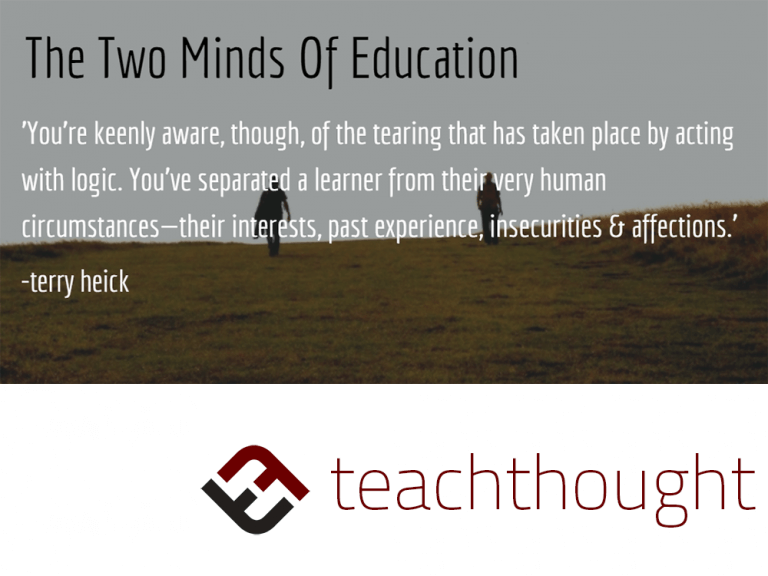
The need to be rational collides with the enormous complexity and scale of the circumstances teachers face.

Bloom’s Spiraling is the process of starting first at lower levels of Bloom’s–recalling, defining, explaining, etc.–and then progressively increasing the level of thinking.
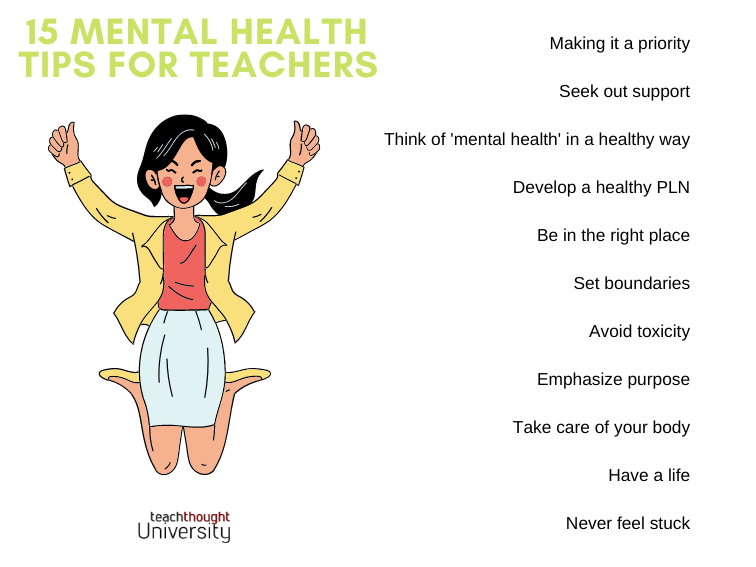
One mental health tip for teachers? As much as possible, set clear boundaries between school and home life.
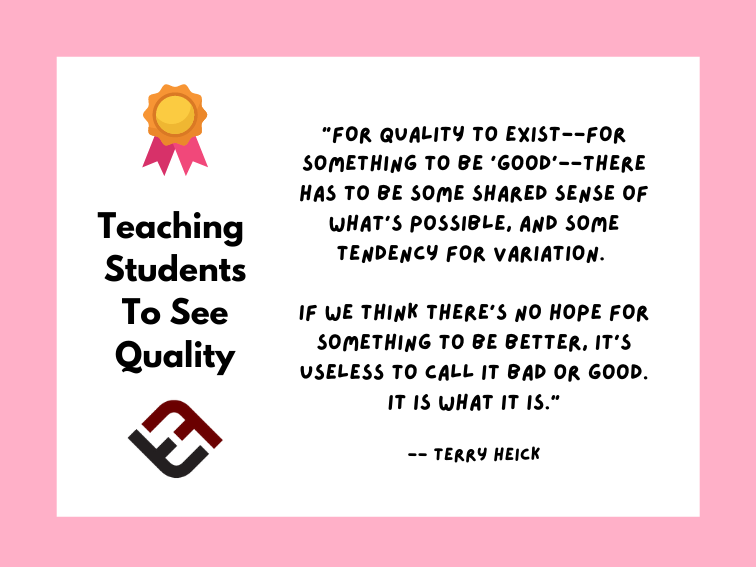
So what does quality have to do with learning? Quite a bit, it turns out. And it starts out with helping students understand what it means.
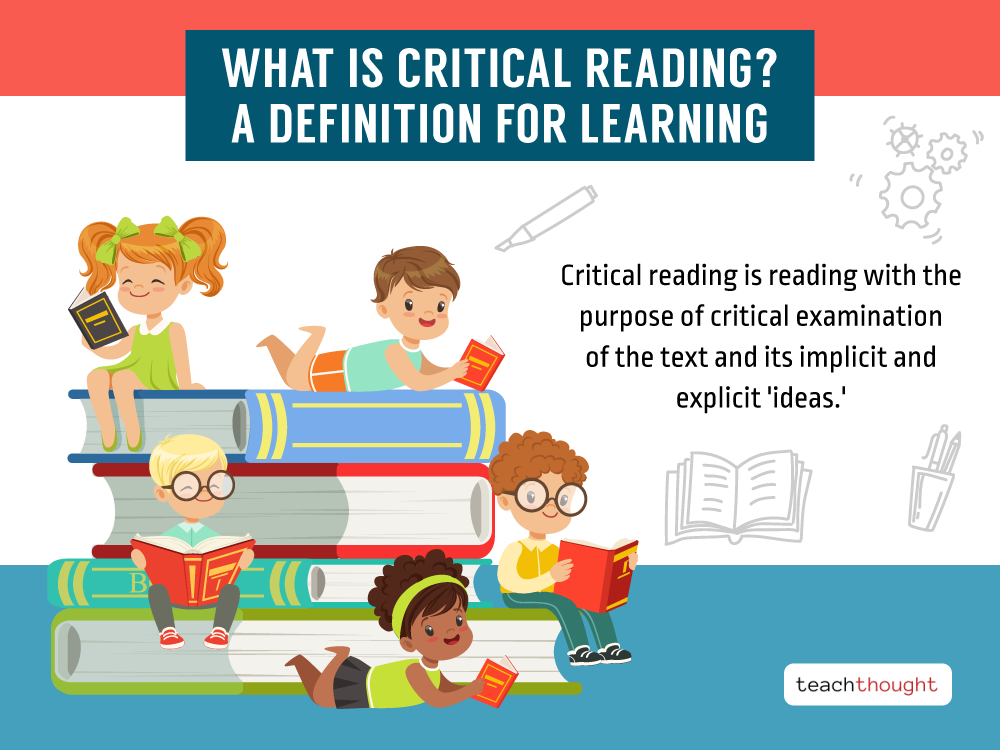
Critical reading is reading with the purpose of critical examination of the text and its implicit and explicit themes and ideas.

After researching, this stage of the inquiry process is centered around students clarifying both their own thinking.
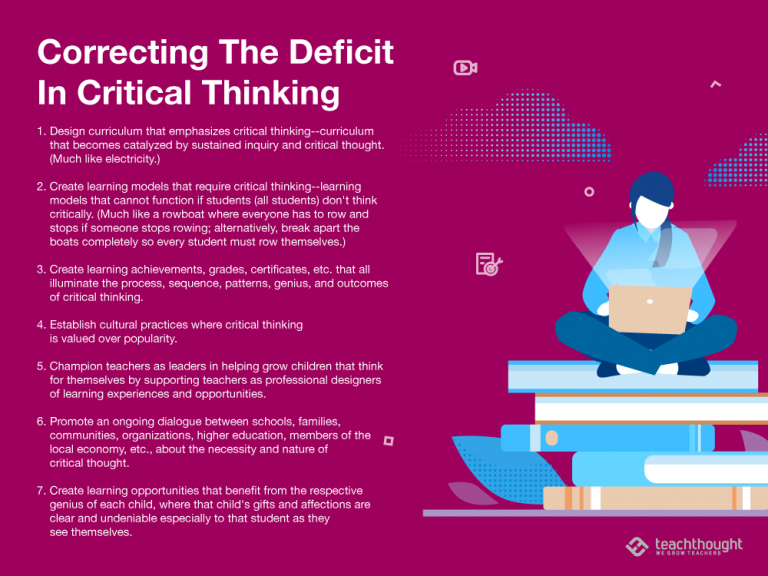
We can address a deficit of critical thinking by embedding into the architecture of education. This can be accomplished in any number of ways.
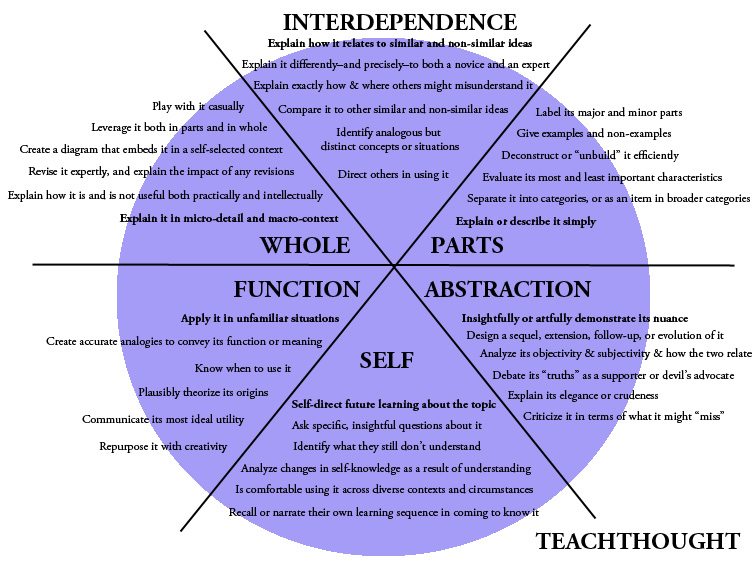
The Heick Learning Taxonomy can be used to guide planning, assessment, curriculum design, and self-directed learning.
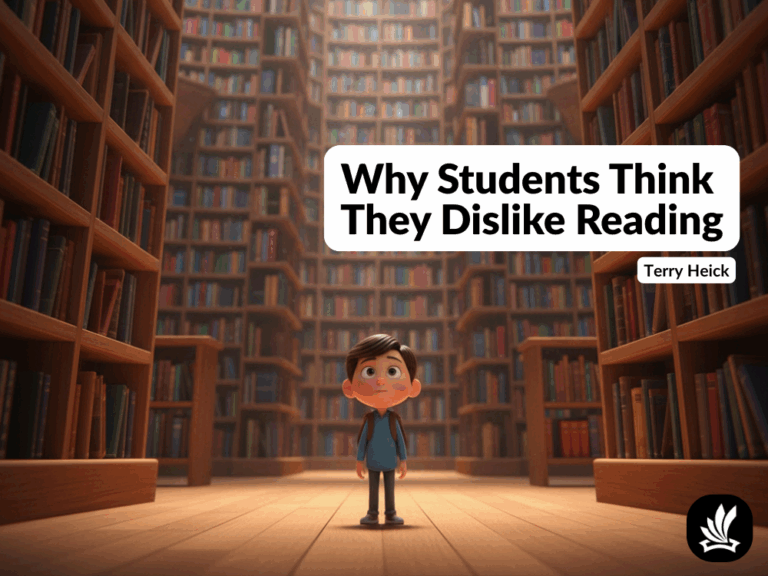
Reading is personal but we often focus on the mechanics instead of the people and the strategies instead of the living and breathing happening around us.
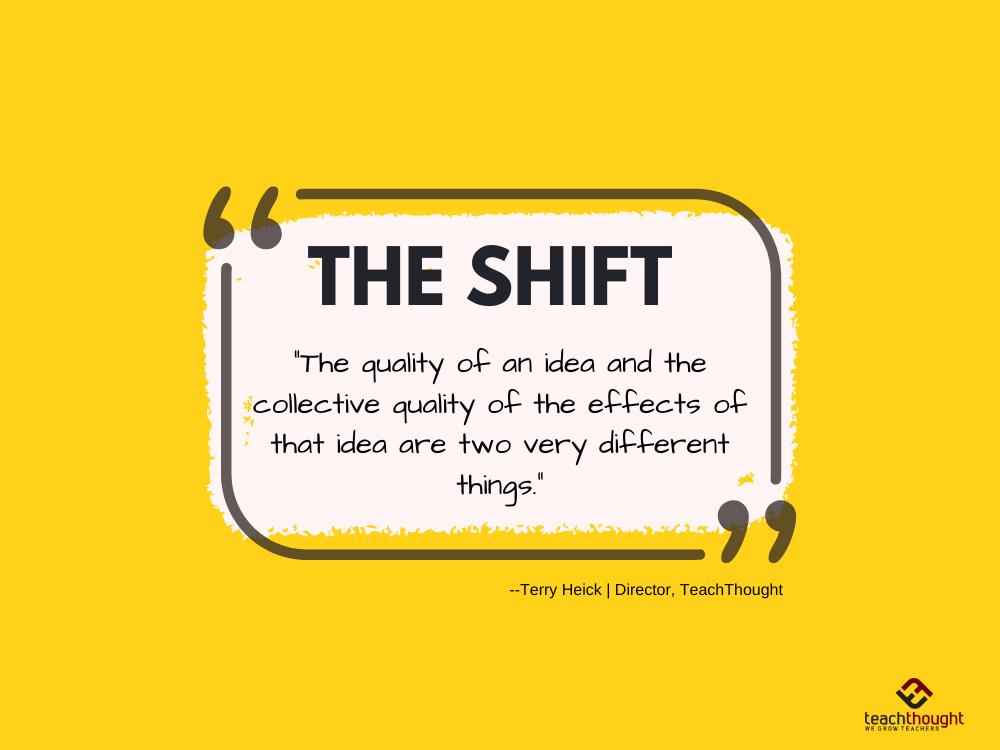
Social-Emotional Teaching is every bit as important as Social-Emotional Learning. Teaching matters and teachers matter
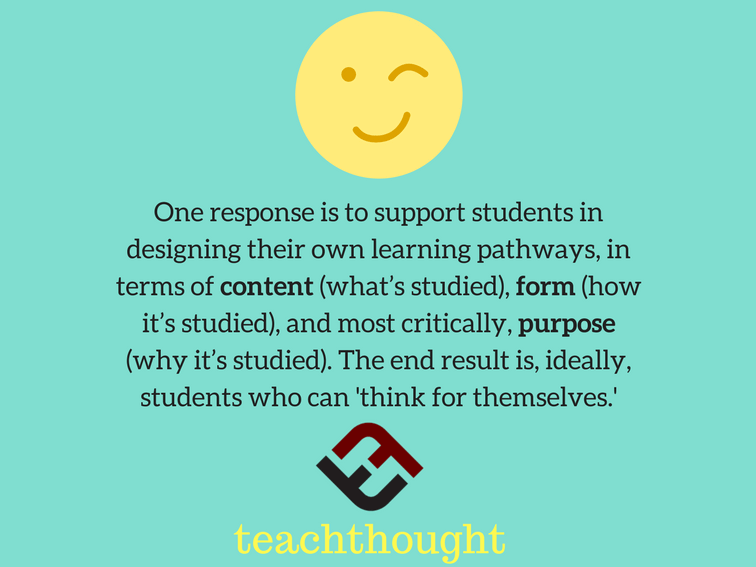
Out of all of the ideas and circumstances and knowledge and information that you encounter on a daily basis, what’s worth understanding?
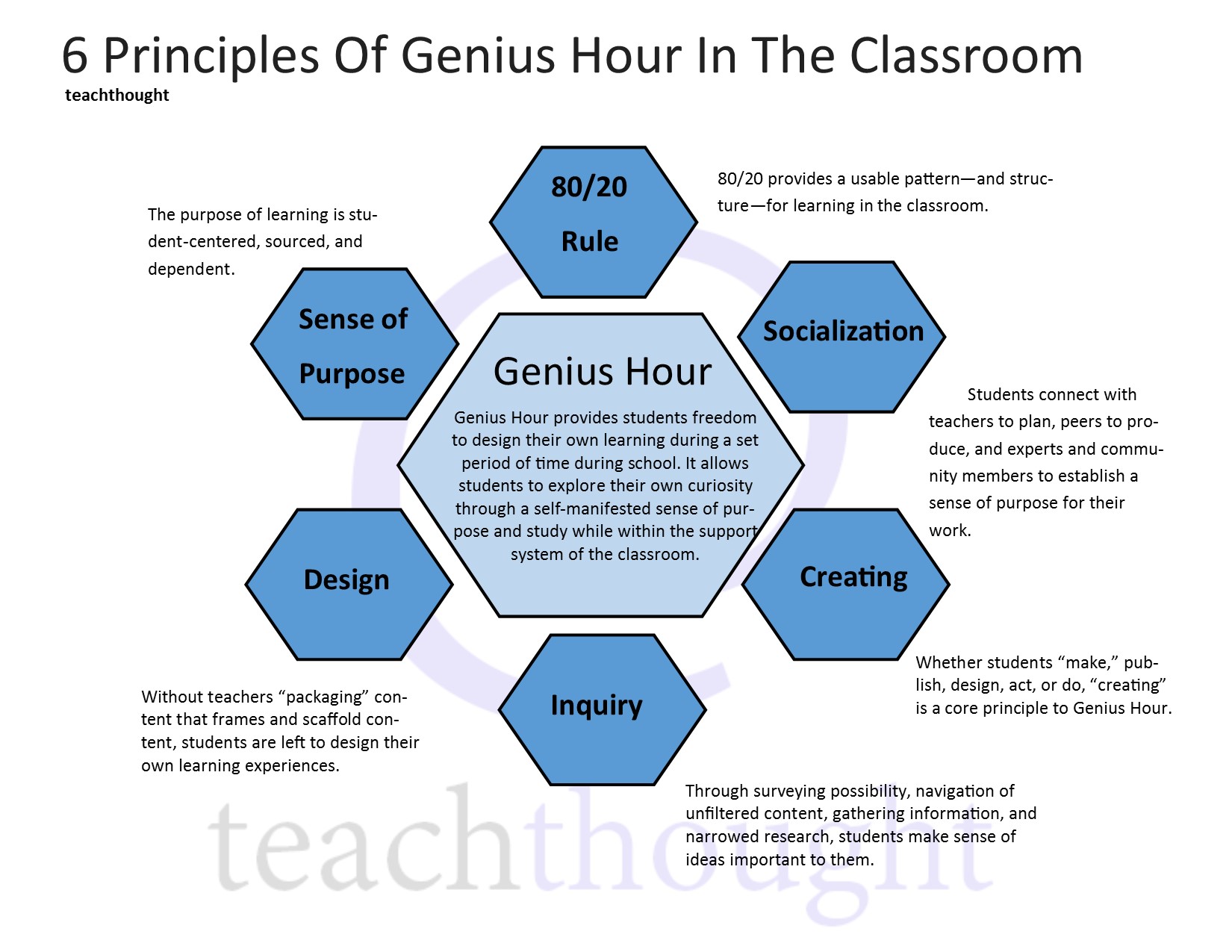
Genius Hour in the classroom is driven by curiosity. Critical principles include inquiry, purpose, socialization, and design.

Our task? Overcome a child’s natural tendency to play, rebel, and self-direct in hopes of providing them with an ‘education.’